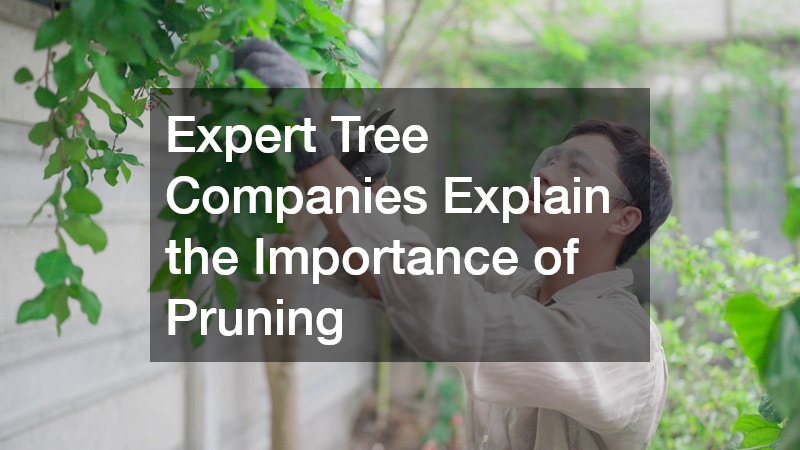Discover how enhancing your home’s curb appeal through expert landscape design can transform your property, increase its value, and create a welcoming environment. This article delves into common questions and effective strategies to help you elevate your home’s exterior aesthetic. Well-designed landscaping not only beautifies your home but also offers personal satisfaction and environmental benefits.
Understanding Curb Appeal
Curb appeal is crucial in real estate, serving as the gateway impression of your property to potential buyers and visitors. A home’s exterior appearance can significantly influence its market value, often inviting prospective buyers for a closer look. First impressions matter, and an expertly landscaped front yard can enhance property desirability.
A well-manicured landscape creates a narrative about how the homeowner tends to the property. It is often viewed as a reflection of overall property maintenance, making it a critical factor in real estate. By paying attention to exterior aesthetics, homeowners can leverage curb appeal to make their home more attractive in a competitive market.
Key Elements That Enhance Curb Appeal
The essential components of landscape design include plants, pathways, and lighting, all contributing to a property’s overall appearance. Plant selection enhances color and texture, providing natural beauty throughout the year. Pathways guide visitors, creating a sense of exploration and leading them to the entrance.
Lighting serves a dual purpose of safety and aesthetics, casting your home in an appealing glow during nighttime. Subtle landscape lighting can highlight focal points like art, water features, or beautiful trees, creating visual interest. Integrating these elements harmoniously enhances design consistency and boosts curb appeal.
Impact of Professional Landscaping on Property Values
Professional landscaping can substantially increase property values, with studies suggesting an investment return of up to 150%. Landscaped homes often sell faster due to enhanced visual appeal and functional outdoor areas. This improvement can make a significant difference in competitive real estate markets.
Prospective homeowners seek properties with compelling landscapes, recognizing the added enjoyment and sophistication they bring. Well-executed landscaping communicates attention to detail, offering potential buyers confidence in maintenance standards. As a result, professional landscaping can make a property more desirable and marketable.
Starting with a Landscape Design Plan
Developing a landscape design plan begins with identifying your goals, whether it’s creating a vibrant flower garden or a functional outdoor space. Consider the budget to ensure your design is feasible, allowing for flexibility in materials and plant selection. Sketching ideas helps visualize layout options and refine choices based on space and resources.
Beginners should take an inventory of existing features, noting sun patterns and soil conditions that influence plant selection. Taking time to research and gather inspiration enables integration of practical elements, complementing your lifestyle and preferences. A thoughtful plan provides direction and inspires confidence to embark on the landscape transformation.
Choosing the Right Plants for Your Climate
Selecting plants suitable for your regional climate ensures healthier growth and sustained beauty. Native plants offer a resilient choice, adapted to local soil and weather conditions, reducing the need for excess water and fertilization. Climate-compatible plants lower maintenance efforts and boost garden success rates.
Considering seasonal variations influences plant choices, creating all-year-round visual appeal. Incorporate a mix of evergreens, perennials, and annuals to achieve diverse textures and colors. Balance aesthetics with functionality by choosing varieties that enhance ecological value, providing habitats for local wildlife.
Low-Maintenance Landscaping Ideas
Designing with simplicity in mind results in low-maintenance landscapes that provide beauty without demanding excessive upkeep. Ground covers replace traditional lawns, minimizing mowing needs and enhancing visual interest through varying textures and colors. Select drought-tolerant plants to conserve water and reduce regular care efforts.
Mulching is a powerful strategy to maintain soil health and suppress weeds, reducing the need for frequent interventions. Design efficient irrigation systems, such as drip watering, to provide targeted hydration, aligned with plant needs. Automated arrangements optimize watering tasks, freeing time for more enjoyable backyard experiences.
Using Native Plants
Integrating native plants into your landscape supports local ecosystems and offers natural beauty with minimal intervention. Such plants are adapted to their environment, conserving water, and resisting local pests, leading to fewer chemicals and fertilizers. Native flora provides habitat for native pollinators, enhancing biodiversity and promoting ecological balance.
Using native species can reduce open garden plots’ vulnerability to invasive species. As many native plants establish deep root systems, they contribute to soil health and erosion control. Their resilience translates to a stable, enduring landscape that showcases nature’s best without extensive human input.
Sustainable Lawn and Garden Care
Sustainable lawn and garden care adopt eco-friendly practices to create thriving and resilient outdoor spaces. Composting enriches soil nutrition, enhancing plant growth naturally by returning nutrients into the garden cycle. Reducing chemical reliance fosters a hospitable environment for beneficial insects and pollinators.
Summarizing the importance of smart landscape design in boosting curb appeal and property value emphasizes a well-designed outdoor space’s transformative impact. Effective landscaping creates welcoming environments that enhance property enjoyment while supporting ecological health. Encourages readers to consider expert landscape design to achieve their desired aesthetic and suggests taking a holistic approach to sustainable practices for long-lasting beauty and environmental impact.



